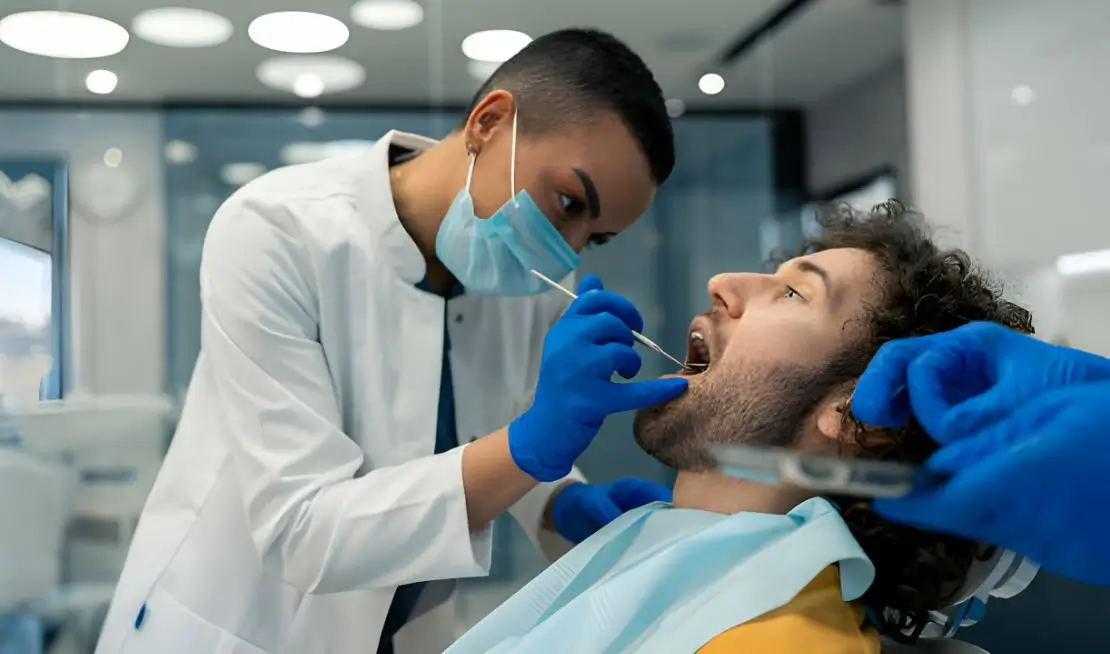In the realm of emergency dental care, the decision to proceed with a tooth extraction is never taken lightly. It often follows the acute onset of symptoms that fail to respond to conservative treatment methods, indicating a potential risk to the patient’s overall health. Such cases may include severe infections, significant decay, or trauma where other remedial actions are insufficient. Understanding the criteria dental professionals use to determine the necessity for such an intervention not only demystifies the process but also underscores the importance of addressing dental emergencies promptly. What remains crucial is how patients manage their recovery after such a critical procedure.
Identifying Emergency Extraction Cases
Identifying emergency extraction cases typically involves recognizing severe pain, infection, or trauma that compromises the patient’s immediate oral or overall health. Dental professionals are trained to discern symptoms that necessitate urgent intervention to prevent further complications.
Such conditions may include but are not limited to, abscesses signaling advanced infection, significant dental fractures, or teeth loosened due to traumatic impact. Early recognition and decisive action are crucial in these scenarios, underscoring the importance of consulting with dental experts promptly.
Being part of a community that values health, it is essential to understand that timely treatment not only preserves dental and general well-being but also fosters a sense of security and support among community members facing oral health crises.
Managing Post-Extraction Care
Effective management of post-extraction care is essential to ensure proper healing and prevent complications following a tooth removal. After the procedure, it is crucial to follow your dentist’s instructions diligently.
Typically, these include resting for at least 24 hours, avoiding vigorous rinsing or spitting, and steering clear of using a straw, as these actions can dislodge the blood clot forming in the socket. Apply ice packs to mitigate swelling and take prescribed pain relievers as directed.
It’s also important to maintain a soft diet to avoid irritating the extraction site. Remember, by adhering to these guidelines, you not only foster a quicker recovery, but also become an active participant in your own health care journey, promoting a sense of community and mutual support in healing.



